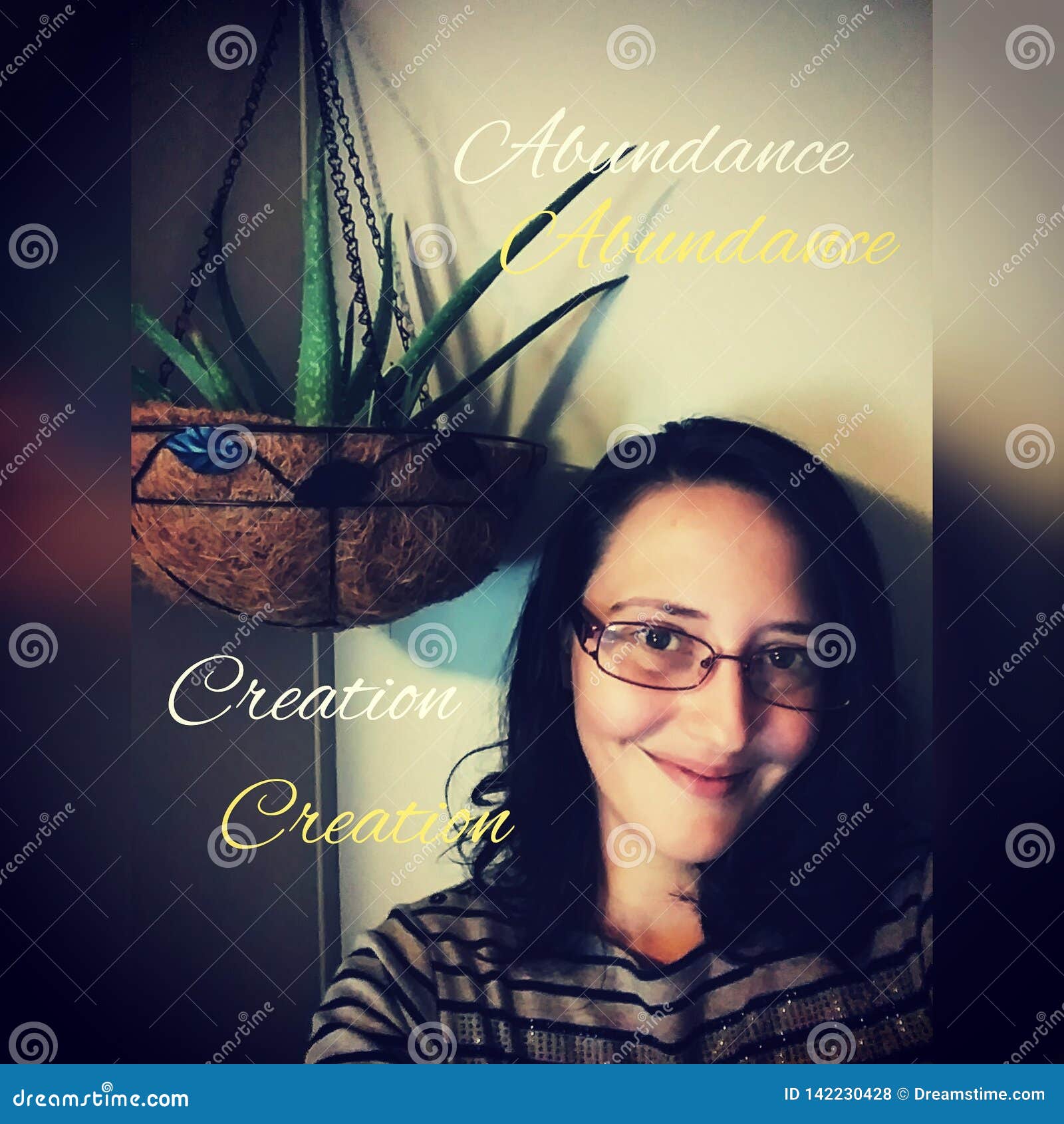

Fleur’s case, a journalist’s life experiences may lend unique insight into a subject. She leveraged that experience to give greater authority to her article.
I write my own story professional#
But while writing, she realized that her more than 15 years of professional experience were relevant to the topic. science writer Eva Amsen started out writing a straightforward, third-person article about how scientists and science communicators were represented in the film.
I write my own story movie#
When the movie Don’t Look Up was flooding the news in early 2022, U.K. One good reason to approach a story from a first-person perspective is when you have valuable and relevant professional expertise. If you decide to insert your personal experiences, you should have a clear understanding of your purpose and place in the story. To do that well, it’s important for journalists to ask themselves, “Who am I to this story?” says San Francisco journalist Elizabeth Weil, a feature writer for New York Magazine. “If you’re that character, you can do it through a personal lens,” she adds. One time-tested way to remedy that perception is to frame stories around a compelling character whose questions, problems, or triumphs might help to engage readers, says Megan Molteni, a science writer at STAT. However, unleashing your personal perspective on the page can work well if you know when to do so.įor all its fascinations, science can sometimes be perceived as cold and impersonal. And publicly divulging personal experiences requires vulnerability and an openness to sharing private information that may be uncomfortable or even risky.

The “I” signals that the author is emerging from behind the curtain to share something special.īut not every article benefits from a personal touch, especially if making the science writer a character distracts from the main points of the story. And a first-person perspective can be a potent tool to make science stories more engaging or relatable, or to pack a bigger emotional punch. Science reporters often cover topics that hit close to home. They may find themselves in the eye of the action or with personal experiences related to their stories.

Fleur recalls, but he felt his personal story could lend authenticity to his feature. Alongside his reported story, he decided to include a video documenting his own colonoscopy experience. He wanted to publish a piece that would convey the gravity of the health risk while also addressing the stigma around the disease. Fleur especially hard-not only did Boseman exude fitness (“That’s the Black Panther!” he says), but, as a young Black man whose mother had battled the disease, St. Fleur, a science writer at STAT, was shocked to hear that actor Chadwick Boseman had passed away at age 43 of colorectal cancer, a disease that has high prevalence among Black men.

Degree Programs in Science, Health, or Environmental Writing Science Writing Resources (Elsewhere) That We Like.Guide to Using Alt-text to Make Images More Accessible.Sample Script & Survey for Tracking Source Diversity.Finding Diverse Sources for Science Stories.Diversity, Equity & Inclusion Resources.Tip Sheet for Newcomers to Science Writing.Where to Get Started at The Open Notebook.The Covering Science Slack: A Peer-Mentoring Community.Sharon Dunwoody Science Journalism Mentoring Program.Virtual Workshop Series: The Craft of Science Editing.Navigating the Science Journalism World.


 0 kommentar(er)
0 kommentar(er)
